Best MySQL Books to Buy in December 2025
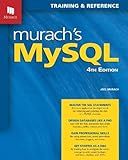
Murach's MySQL (4th Edition) Professional SQL Book & Reference Guide with Cheat Sheets - Complete Database Development Training for Retrieving, Updating & Managing Data with AWS Integration


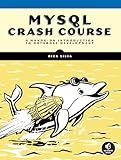
MySQL Crash Course: A Hands-on Introduction to Database Development


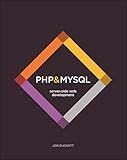
PHP & MySQL: Server-side Web Development


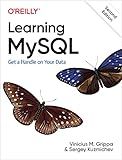
Learning MySQL: Get a Handle on Your Data


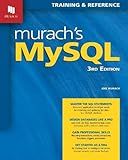
Murach's MySQL


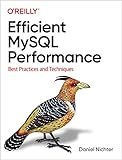
Efficient MySQL Performance: Best Practices and Techniques


In 2025, Laravel continues to be a pivotal framework in PHP development, offering a streamlined process for managing database migrations. Mastering Laravel migrations can improve your workflow, maintain database integrity, and simplify the development process. This guide will walk you through the essentials of managing Laravel migrations efficiently, focusing on integration with MySQL.
Understanding Laravel Migrations
Laravel migrations are a type of version control for your database, allowing developers to define a blueprint for how the database should be structured. These migrations are PHP files that contain instructions on creating or modifying database tables.
Why Use Migrations?
- Version Control: Like your application’s code, migrations provide a history of how your database schema evolved over time.
- Collaboration: They facilitate collaboration by allowing multiple developers to work on database structures simultaneously.
- Automation: Migrations automate the process of database creation, so you don’t rely on manual SQL scripts.
Setting Up Laravel Migrations with MySQL
Integrating Laravel migrations with MySQL involves a series of initial setup procedures. Here’s how you can get started:
Step 1: Configure Database Connection
In Laravel, you’ll first need to configure the database connection settings. This is done in the database.php configuration file located in the config directory. Ensure that your MySQL credentials are correctly set.
Step 2: Create a Migration
To create a migration file, use the Artisan command:
php artisan make:migration create_users_table
This command generates a new migration file in the database/migrations directory.
Step 3: Define the Schema
Open the generated migration file and define the schema using the Schema facade.
Schema::create('users', function (Blueprint $table) {
$table->id();
$table->string('name');
$table->string('email')->unique();
$table->timestamps();
});
Step 4: Run the Migration
Execute the migration using the Artisan migrate command:
php artisan migrate
This command will update your MySQL database according to the specifications of your migration file.
Best Practices for Managing Migrations
1. Use Descriptive Naming Conventions
Ensure that your migration file names and methods are descriptive, reflecting the changes they introduce. This practice helps in quickly identifying the purpose of each migration file.
2. Regularly Update the Schema
Maintain a habit of updating the schema after every significant change to ensure your database structure remains current and accurate.
3. Test Migrations in a Staging Environment
Before executing migrations on a production server, test them in a staging environment. This ensures that no unforeseen issues arise when applying the migrations to the live database.
Understanding MySQL
To effectively manage Laravel migrations, a solid understanding of MySQL is paramount. Understanding MySQL Explain can provide insights into query performance and optimization techniques.
Choosing the Right MySQL Book
When seeking resources to deepen your MySQL knowledge, consider books that cover:
- Fundamental concepts and advanced techniques.
- Practical examples and case studies.
- In-depth explanations of newer features and security enhancements.
Securing Your MySQL Database
Security is a critical aspect of managing databases. Use resources on Securing MySQL Connection to enhance your database's security posture through encryption and authentication.
Additional Resources
- How to Add an Existing Schema to MySQL on Windows: A guide to integrating existing schemas within your MySQL setup on Windows.
- Understanding MySQL Explain: Dive deeper into the intricacies of MySQL query execution plans.
- MySQL Security: Improve the security of your database connections and configurations.
Managing Laravel migrations effectively is crucial for any PHP developer in 2025. By adhering to best practices and staying informed about Laravel and MySQL updates, you can ensure smooth transitions and maintain robust database structures.
